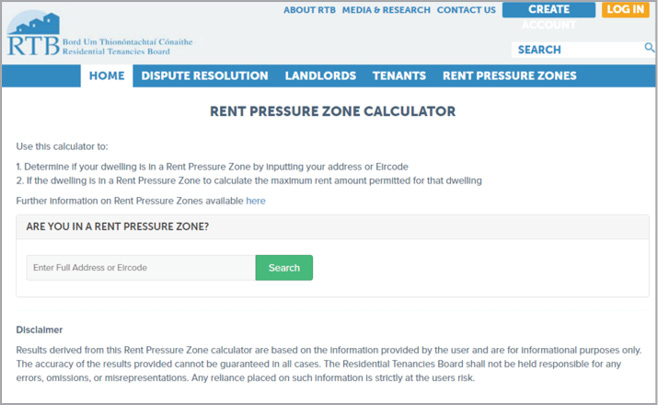
Dublin has a dysfunctional housing market
19th July 2017
The challenge of housing obsolescence
19th July 2017Understanding the rental sector

It is more important than ever to focus on the actions required to move us along the path to a rental sector that is stable, attractive and secure for both landlords and tenants.
The overarching vision of the Residential Tenancies Board (RTB) is to create a well-functioning rental housing sector in Ireland that is fair, accessible and beneficial for all. The RTB, as the independent regulator for the rental sector and offers a range of services and supports to both landlords and tenants. Our work covers over 345,000 tenancies and approximately 175,000 landlords with a remit now incorporating Approved Housing Bodies, creating a sector that blurs traditional boundaries of private rented and social rented housing.
A key priority for the RTB is improving access to information on rights and responsibilities to assist both landlords and tenants in preventing disputes along with the expansion of research and data intelligence opportunities to inform change and increase understanding of the rental sector.
Of particular significance is the RTB Rent Index, produced in association with the Economic and Social Research Institute (ESRI). The Index is based on private rental property registered with the RTB. It is the most accurate and authoritative rent report of its kind, because it is based on actual rents for new tenancies in a particular quarter. In the latest Rent Index, Q1 2017, there were 23,866 new tenancies registered. The Rent Index has become an increasingly important tool in providing accurate, trusted and impartial reporting on rents in Ireland.
The Index was expanded at the end of 2016 in two important ways. We have more information within the index on not just how high a rent is, but how many people are paying this, and secondly we have now started to provide data on a Local Electoral Area (LEA) level. This more granular level of data allows for a more localised analysis of the rental market, which has been a long-term goal of the RTB.



The LEA data also facilitates the identification of Rents Pressure Zones (RPZs), which came into force in December 2016. The Rent Index is now used by the RTB to confirm if an area qualifies as a RPZ. To qualify as a RPZ, the average rent in an area must be above the national average rent and have demonstrated high levels of rent inflation in accordance with the legislation. About 55 per cent of the population in rental accommodation is now renting within a Rent Pressure Zone.
The criteria for designating an area as a Rent Pressure Zone are:
- that the annual rate of rent inflation in the area must have been 7 per cent or more in four of the last six quarters; and
- that the average rent for tenancies registered with the RTB in the previous quarter must be above the average national rent in the quarter (the National Standard Rent in the RTB’s Rent Index Report). This was €987 in the last published quarter of the Rent Index, Q1 2017.
Along with the expansion of the Rent Index, the RTB developed a Rent Pressure Zone Calculator which enables both landlords and tenants to easily identify if their rented dwelling is within a Rent Pressure Zone (RPZ), and what the applicable rent should be. The rent calculator can be accessed on the RTB’s website www.rtb.ie and It enables a search for a dwelling by address or Eircode and can automatically determine if the dwelling is in a Rent Pressure Zone.
If the dwelling is deemed to be in a Rent Pressure Zone the calculator will display the maximum rent increase permitted for that dwelling.
The RTB recognises the importance of the Rent Index and our duty to use our data to create a better understanding of the rental sector and will continue to develop in this area.

For more information on Rent Pressure Zones and the Rent Index, please visit www.rtb.ie






